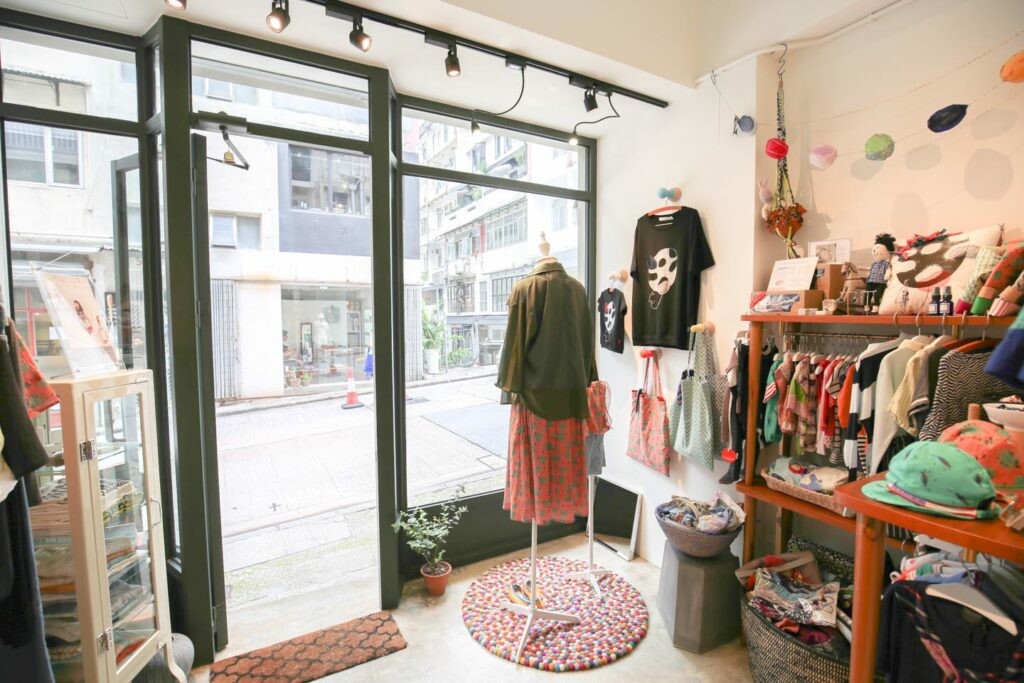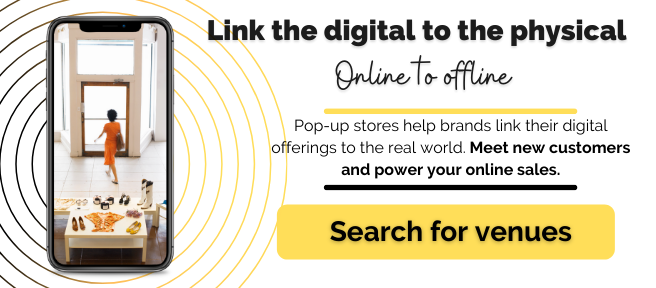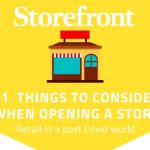What is Online to Offline retail (O2O)?
In recent years, there has been a shift in the retail industry from offline to online shopping. Online to offline retail, also known as O2O, is a type of e-commerce that refers to the process of purchasing goods or services online and then picking them up in-store.
This type of shopping is convenient for customers who want to avoid the hassle of shipping costs and waiting for their items to arrive. It is also a great option for those who want to try out a product before they buy it or for those who want to take advantage of in-store sales and discounts. Online to Offline retail is a growing trend and is one that is here to stay.
There are many benefits to Online to Offline retail for both businesses and consumers. For businesses, O2O can help to increase foot traffic and Brick and Mortar store sales. For consumers, O2O can provide a more convenient and personalized shopping experience.
Despite the benefits of O2O, there are also some challenges that businesses need to be aware of. For example, O2O businesses need to have a strong online presence to drive online customers to their offline locations. In addition, O2O businesses need to be able to integrate their online and offline operations to provide a seamless digital experience for their customers.
Online to Offline retail defined
In a world where technology has transformed the way we communicate, shop, and live, it’s no surprise that retailers are looking to capitalize on the online sphere. But what does “online to offline retail” mean?
At its core, online-to-offline retail (O2O) aims to bridge the gap between the online and offline worlds. This can be done in a number of ways, but typically it involves using digital online channels to drive traffic to brick-and-mortar locations.
There are several reasons why online retailers might want to pursue an O2O strategy. For one, it can help to increase foot traffic and sales at physical locations. Additionally, it can also create a more seamless and convenient shopping experience for customers, who may appreciate being able to purchase items online and then pick them up in-store.
Ultimately, O2O is about creating a cohesive customer experience that spans both the digital and physical worlds.
Retail is undergoing rapid transformation. This is most clear in the tension between offline and online shopping. At opposite ends, traditional retail stands for the physical experience of a product, personal service and trust, while digital shopping is about convenience, easy payment solutions and a widening range of options at a customer’s fingertips. With giant e-commerce businesses such as eBay, Amazon and Alibaba becoming increasingly popular, many have come to question the future of traditional retail.
However, as any entrepreneur will know, whether engaged in a start-up or managing an established brand: with change comes opportunity. It calls for creativity. Offline and online shopping comes with different perks that can be enhanced by combining both avenues through smart innovation.
The workings of Online to Offline retail
The internet has changed the way we shop. We can now buy anything we want, anytime, anywhere. But how does this translate to the brick-and-mortar world? How do businesses take advantage of the online world to drive traffic to their offline stores?
There are a few key things to keep in mind when it comes to the workings of online to offline retail.
First, it’s important to have a strong online presence. This means having a website that is optimized for search engines and easy to navigate.
Secondly, you need to make sure your offline store is visible to potential customers. This can be done by ensuring your store is listed on online directories and using social media to drive traffic to your store.
Lastly, it’s important to create a seamless experience for your customers. This means providing a consistent message across all channels and making it easy for customers to find what they’re looking for, whether they’re shopping online or in-store.
Online to Offline retail examples
As the world increasingly moves online, businesses are finding new and innovative ways to integrate digital platforms into their brick-and-mortar operations. Here are a few examples of how businesses are successfully bridging the online-to-offline retail gap:
- Online retailers are opening physical stores.
- Online-only businesses are adding physical retail locations.
- Physical retail stores are integrating online features.
- Online platforms are being used to drive offline retail sales.
- Offline businesses and online channels are being integrated to create a seamless shopping experience.
These are just a few of the many ways businesses are successfully integrating online and offline channels. By doing so, they can reach a wider audience, create a more seamless shopping experience, and drive online sales.
Alibaba’s new retail
One company that seems to be well aware of this and is leading the way is the e-commerce giant Alibaba. Far from seeking to replace traditional retail, in coining the term “New Retail,” it aims to transform the retail industry by infusing physical shopping with digital solutions. (see the video below).
https://www.youtube.com/watch?reload=9&v=336YkwayCD4
Alibaba’s Hema, a cashless fine-dining supermarket chain, is sweeping across China and serves as a great example. Combining e-commerce, restaurant, supermarket and distribution center, customers can stroll around the store, smartphone in hand, select products of choice and have them conveniently delivered in half an hour within a 3-mile radius. People love it. So much so that consumers are moving closer to Hema stores just to fully benefit from its services. In addition, Alibaba has announced its goal to expand Hema from 22 stores in China to no less than 2000 in the coming three to five years.
Another idea that is under development is Ali Baba’s ‘auto vending machine’, a giant automated structure where consumers can select a car on their phone, which is then presented to them, so they can take it for a test drive before meeting a traditional salesman.
Utilizing mobile technology is not just beneficial to the consumer. It likewise provides retailers with instant data on consumer behavior which can optimize the response, improve a store’s catalogue and help shape better promotional activities.
Utilizing the pop-up space

For any brand interested in such endeavors, the pop-up store, which by nature opens the door to experimentation, provides a perfect space to develop creative solutions in this direction. Whether from the standpoint of a traditional retailer seeking to enhance the storefront or an e-commerce-based business wishing to venture into the physical world, the knowledge that more than half of consumers use multiple channels in search of their products should be reason enough to try out new models.
Once again, Alibaba serves as a case in point. Following the finding that 82% of all sales in China still take place offline, on the 31st of October 2017, building up towards the 11th of November, which marks Alibaba’s Singles Day shopping extravaganza in China, Alibaba opened 60 pop-up stores around the country and a 100.000 smart stores for established brands like Gap, Bose and Casio.
In each of these spaces, which served as a massive New Retail experiment, offline and online consumers could try out clothes, watches, cosmetics and other popular products, interact with state-of-the-art technology for customization and payment and have them delivered to their doorstep at their convenience.
Building toward a new experience
Developments such as these, and their success is driven by forward-looking companies such as Alibaba, 5Lux.com, Tencent and Amazon, among others, indicating the emergence of a new type of consumer. The traditional storefront, as a familiar space associated with trust, physical experience and personalized service, is clearly holding its ground. However, the habits of browsing, convenient delivery, quick customization and easy payment methods are changing consumer demands.
Both start-ups and well-established brands need to abandon the false choice between offline and online shopping, go beyond mere omnichannel commerce, and question creatively as to how to tend to both the digital and brick-and-mortar aspects of retail in an integrated, holistic and innovative way.
It’s time for new collaborations between different fields of expertise. A time of great economic shifts and innovation. If anything, it’s a daunting yet exciting time for any brand seeking to secure its place in this fast-changing age.
Conclusion
In conclusion, the online to offline retail sector is the evolution of retail commerce. Online to Offline retail combines online digital business with brick-and-mortar retail. Online to offline retail is the combination of online businesses with physical stores. Online to offline retail is the combination of online businesses with physical stores. Online to offline retail is the combination of online businesses with physical stores. Online to offline retail is the combination of online businesses with physical stores.
- How to Open a Successful Pop-Up Shop in London’s Fast-Fashion Neighborhoods - December 23, 2022
- The Benefits of Opening a Pop-Up Shop in NYC’s Fast-Fashion Neighborhoods - December 23, 2022
- Reaping the Benefits of Long-Term Pop Up Stores: Tips and Advice - December 23, 2022






